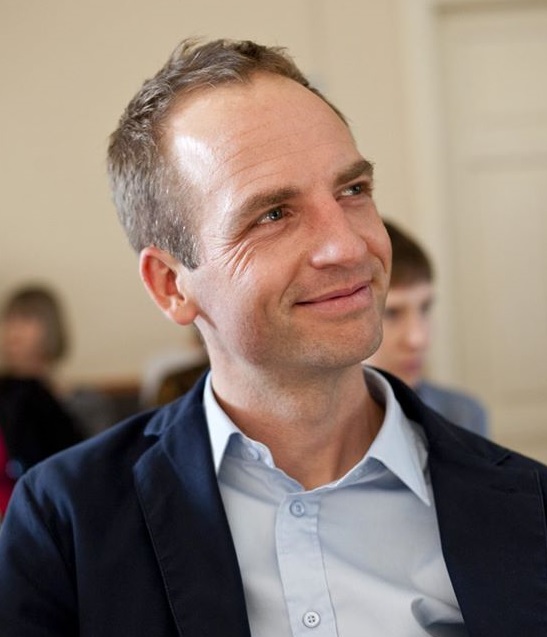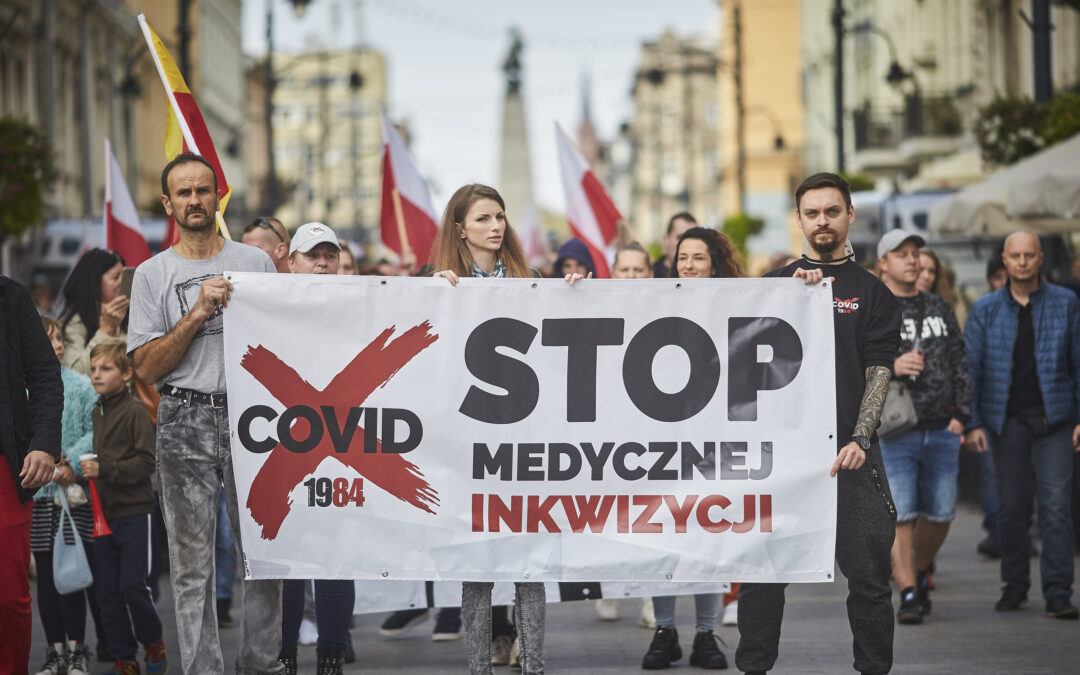The Polish government remains reluctant introduce tougher restrictions, despite a sharp increase in coronavirus infections, because it wants to avoid the kinds of protests recently witnessed in countries such as the Netherlands, says health minister Adam Niedzielski.
Poland’s rolling weekly average of daily new COVID-19 cases reached 20,512 today, the highest since mid-April. Niedzielski said yesterday that the peak of the current wave will come within one to three weeks and could reach an average of around 35,000 daily infections, which would be Poland’s highest ever level.
The government faces a “very difficult decision”, Adam Niedzielski told TVP Info. But he added that, “looking at Poland’s specific situation, it seems that further restrictive moves would not be effective enough and the social costs would be very large. Every restriction also affects limits on economic life”.
Moreover, the violent protests that have taken place in countries such as the Netherlands, where a three-week partial lockdown has been introduced after a record spike in cases, vindicates this decision, said Niedzielski.
“In countries that have made such a step we are seeing a huge wave of protest,” Niedzielski said. “That is the case in Holland and Austria. These are serious social reactions you have to reckon with.”
His remarks follow similar comments by a deputy health minister, Waldemar Kraska, last week. He told RMF FM that “Poles have for centuries had resistance in our genes” and that they therefore “approach the restrictions imposed by our government with a great deal of caution”.
In August, before Covid cases began to rise, the government outlined a traffic-light system of restrictions that it would introduce in individual areas based on local infection and vaccination rates. Yet it has subsequently chosen not to implement that system, instead focusing on trying to encourage compliance with existing rules, such as masking indoors.
Despite high numbers of Covid-related deaths and rising occupancy of hospital beds and ventilators, the government says that there is still a “buffer”, meaning that hospitals are not having to turn patients away.
“Information that occupancy is 80% is not bad information,” said Niedzielski. “That means that the provincial governors, who deserve great praise for their huge effort during the pandemic, are simply managing well.”
Around 17,000 Covid beds are currently occupied out of more than 23,000 available, according to health ministry figures. At the beginning of November, under 7,000 were occupied, but only 12,000 were available.
Meanwhile, almost 1,500 of over 2,100 ventilators are being used. That compares to 600 out of 1,000 at the start of the month.
The health minister said that two scenarios are possible for the development of the epidemic. In the first, it would peak at an average of 25,000 daily cases next week. But in the second, the peak will come around two weeks later, with an average of 30-35,000 cases.
Main image credit: Marcin Stepien / Agencja Gazeta

Ben Koschalka is a translator and senior editor at Notes from Poland. Originally from Britain, he has lived in Kraków since 2005.



















